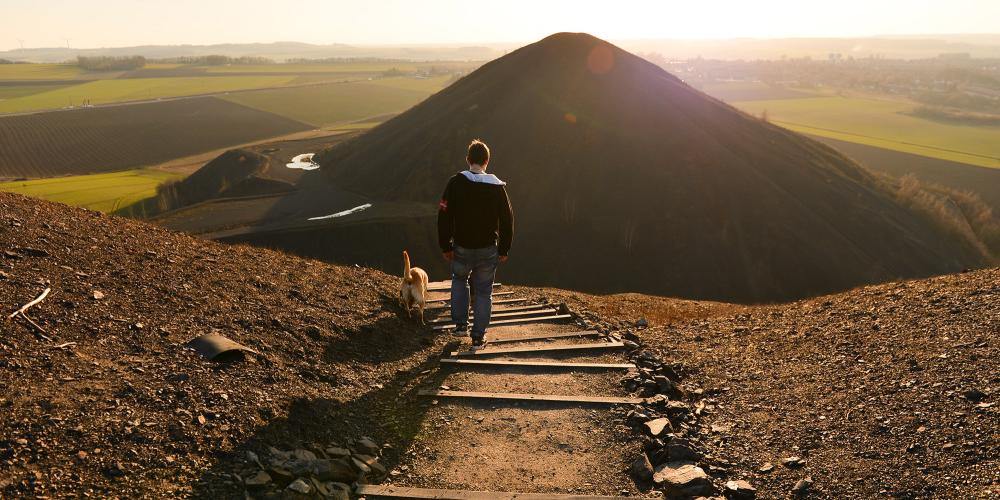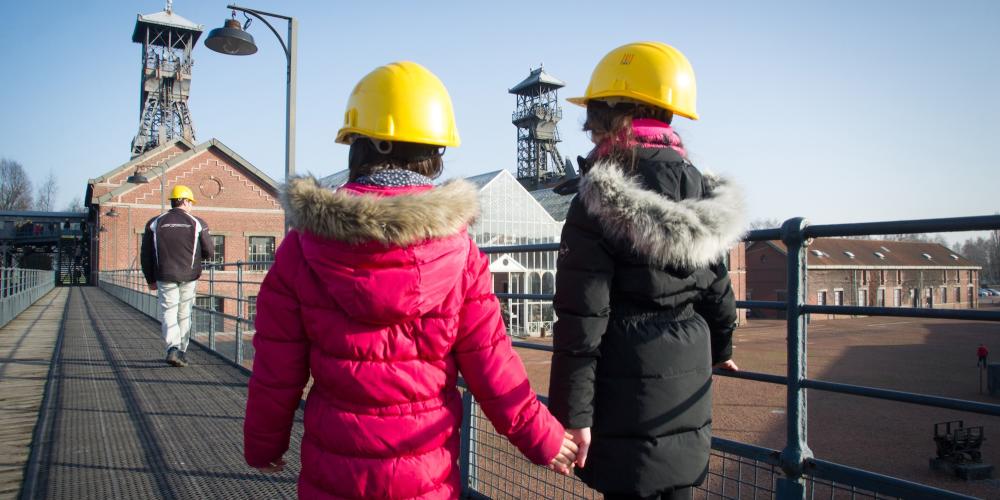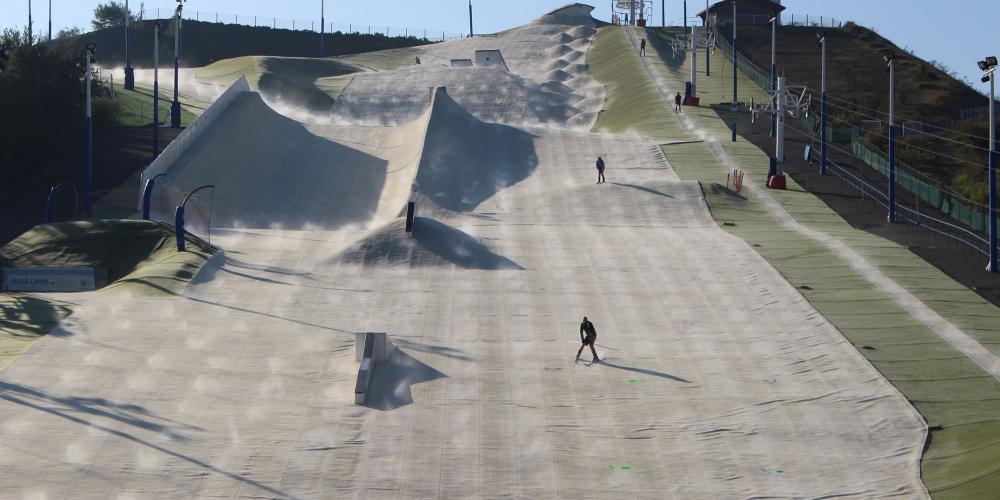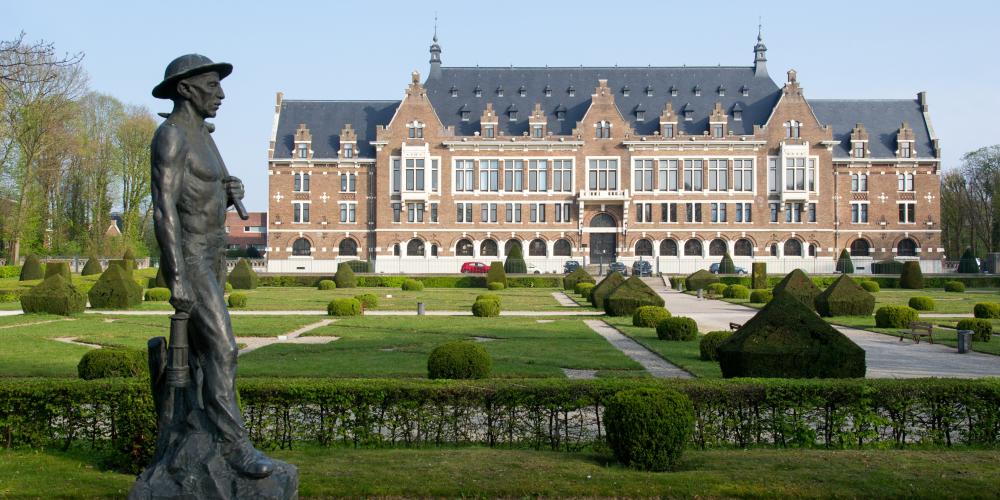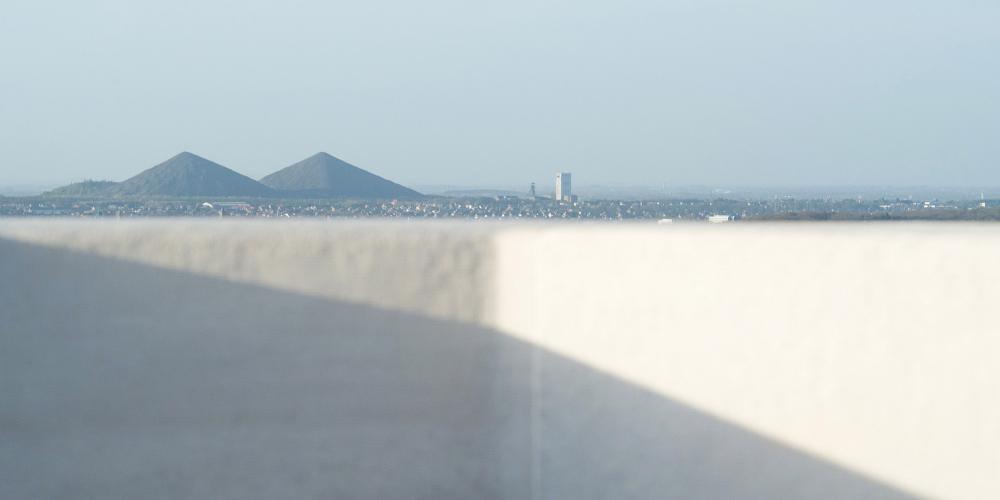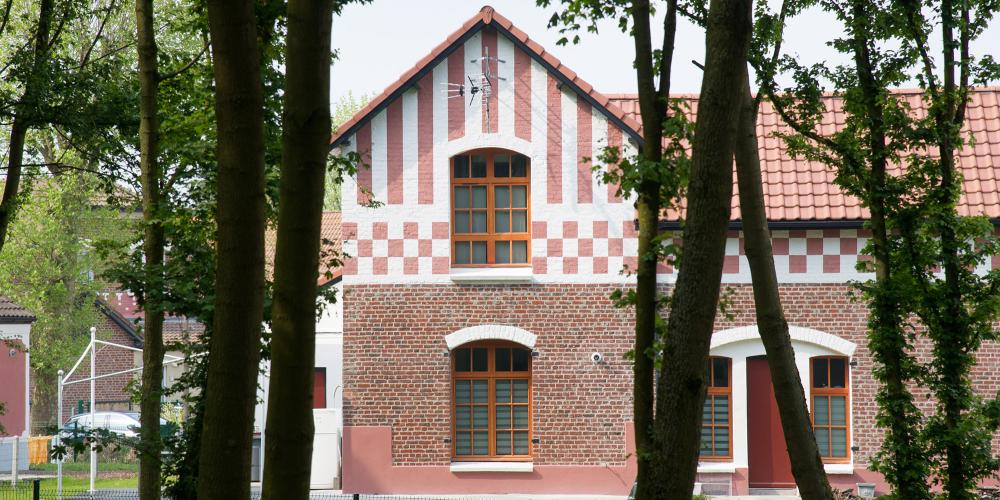Nord-Pas de Calais Mining Basin, France

When you arrive in the Nord-Pas de Calais Mining Basin, you quickly discover a multi-layered and fascinating place, where many worlds merged to make a whole much larger than the sum of its parts. This World Heritage Site was a nexus for the exchange of ideas and influences about extraction methods used to mine underground coal seams, the design of worker housing and urban planning, and the international human migration that accompanied the industrialisation of Europe.
The coal mining industry here employed hundreds of thousands of workers and, thus, the need for communities to support them. In an incredible series of urban development projects, entire towns were created in the region. Housing, churches, schools, hospitals, and sports facilities were created to make the workers’ families as comfortable as possible to encourage the miners to stay with their employers.
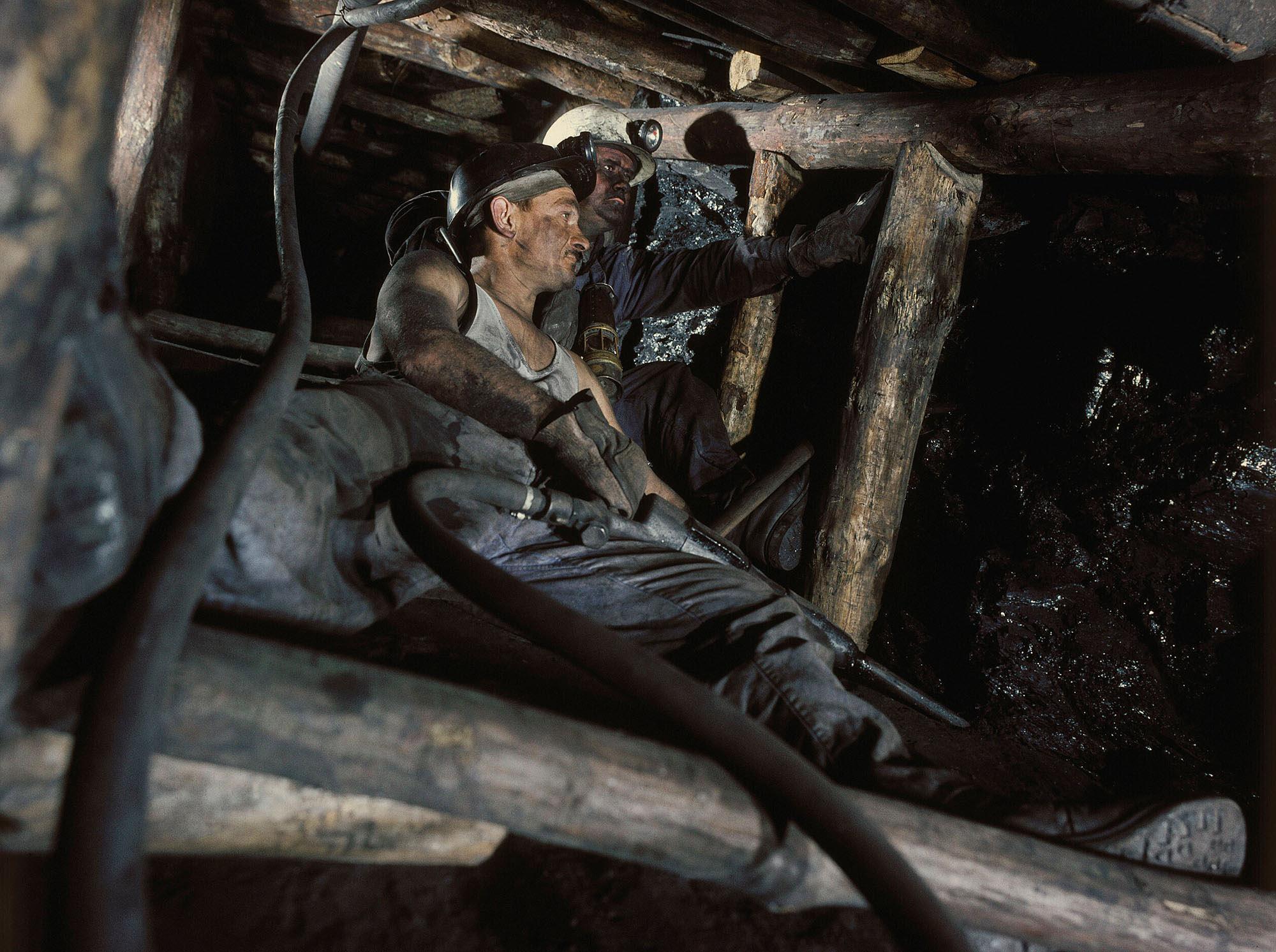
While mining ceased here in 1990, the Nord Pas-de-Calais has been careful to preserve its mining heritage - including the mines, miners, miners' dwellings and slag heaps. The marks left by the industry are visible in the surrounding green countryside. The Nord-Pas-de-Calais mining basin allows you to imagine this dynamic world as it was at its height, to learn more about the daily routine of workers and even to talk to miners about their underground life.
It is easy to spend a number of days discovering this vast landscape, and its many striking industrial landmarks such as the Loos-en-Gohelle twin slag heaps at Pit 11/19 - which are the tallest in Europe. In winter you can ski down the slopes, which makes for a unique experience. Over the years, Nord Pas-de-Calais has been working hard to establish itself as a diverse new destination through a number of major cultural, artistic, and environmental projects. Don't miss the '9-9bis' which combines mining heritage with live music at the Métaphone® Concert Hall, designed by Hérault Arnod Architects. The region even has its own Louvre musuem, the 'Louvre-Lens', built on an old coal pit in the heart of the mining area in 2012.
An Emotional Landscape
Stretching out over more than 120 kilometres west from the Belgian border, the Mining Basin is at the heart of a trade area—a crossroads of communication between North-western Europe’s largest cities. The breathtaking scenery and deep emotions expressed here will surprise you. Along your path of discovery, the mining sites and villages are just a few of the gems to experience.
At the Mining History Center in Lewarde, for instance, you'll immerse yourself in the history of the coal industry. At the Louvre-Lens Museum, you'll uncover an unexpected collection of masterpieces. You'll walk along the former railway lines to explore the unusual vistas and the scenic diversity of the mining villages. Above all, you'll meet Mining Basin locals, who have inherited this powerful and important history.
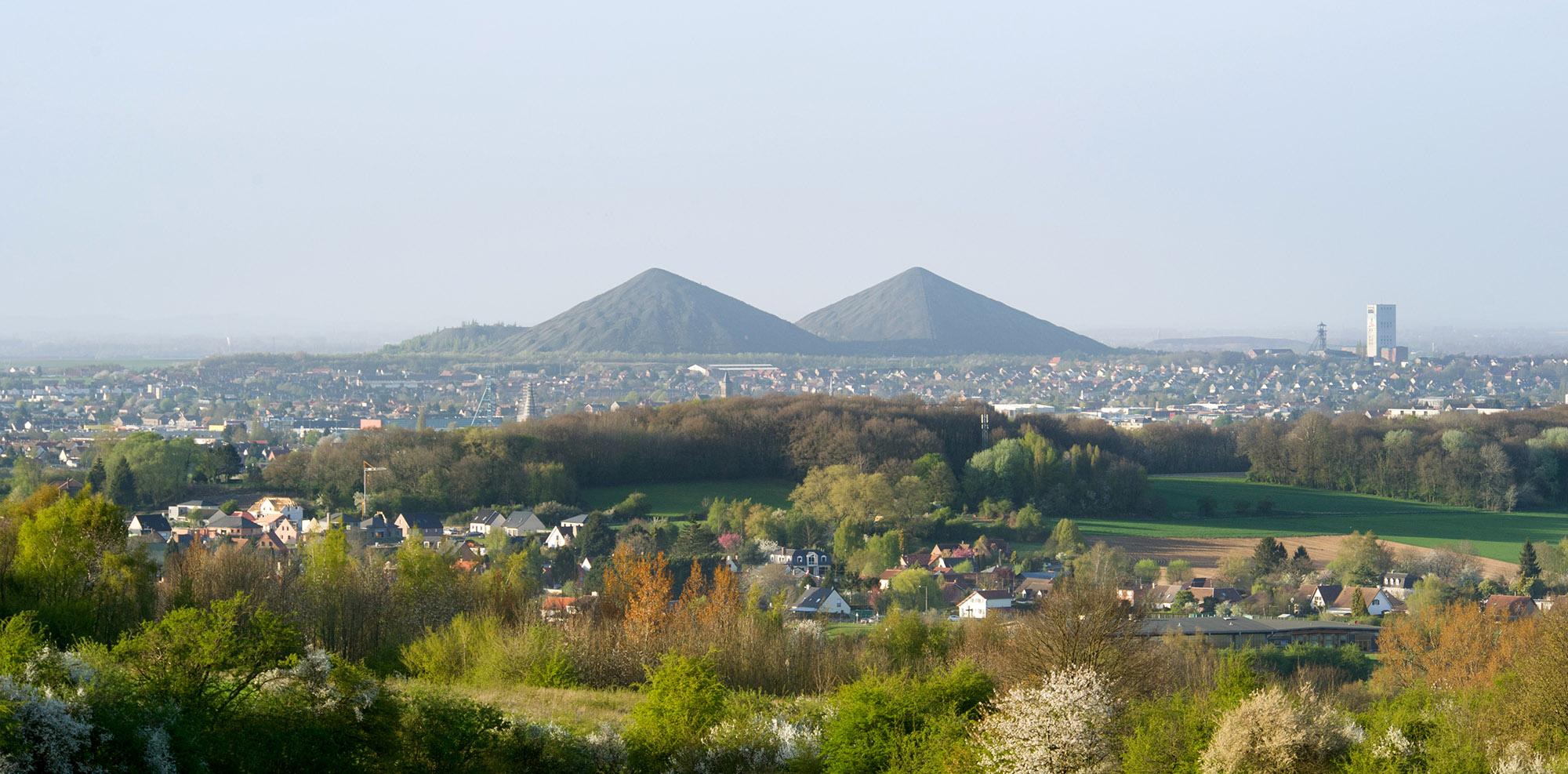
From the discovery of coal in 1720 to the closure of the last pit in 1990, the largest mining basin in France developed through innovation, sophisticated management decisions, labour struggles, and the weight of history. At the end of the nineteenth century, the Mining Basin had reached its peak, stretching across an area 120 kilometres long and 12 kilometres wide. The twentieth century was punctuated with disasters: the firedamp explosion in the Courrières mine in 1906; the First and Second World Wars; and the “Coal War” (from 1944 to 1947) that contributed to the reconstruction of France.
Where Industry Meets Humanity
For adventurous travellers, the region is a continuous wonder of panoramas and activities explaining the importance of the industry and the region's 270-year influence upon it. The site, which covers thousands of hectares, is dotted with architectural, technical, and cultural monuments, such as extraction pits, head frames, spoil heaps, and mining villages brimming with tradition and character.
At the Arenberg pit at Wallers, for example, you'll be struck by the majestic nature of the colliery. You'll be greeted by the imposing stature of the 60-meter-tall head frame No. 3 while following the heritage route from building to building, machine to machine, and behind the scenes of a film or television shoot. Continue to the mining community to discover its splendid village hall—an unexpected treat in a forest setting, ideal for hiking or strolling in the great outdoors.
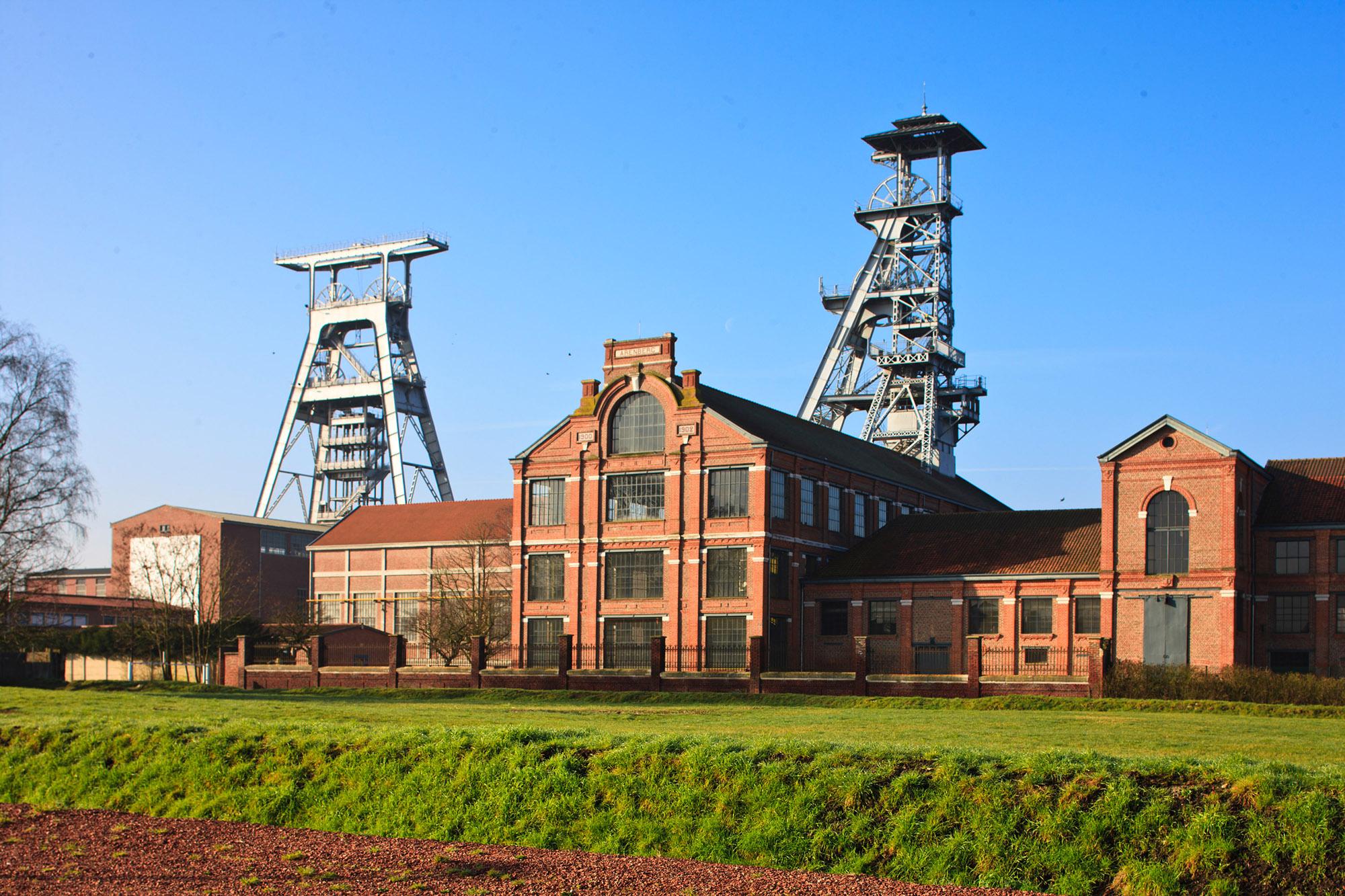
Another must-visit is the Delloye pit and the Mining History Centre at Lewarde. Visitors will find the largest mining museum in France and one of the very first in Europe. Three centuries of history are retraced by permanent and temporary exhibitions. Immerse yourself in the heart of the mine and experience this exciting industrial and human history, which includes cool tunnels, engine rooms, and mining lamps. This fascinating and unusual setting sparks wonder in children, and evokes the child in you.
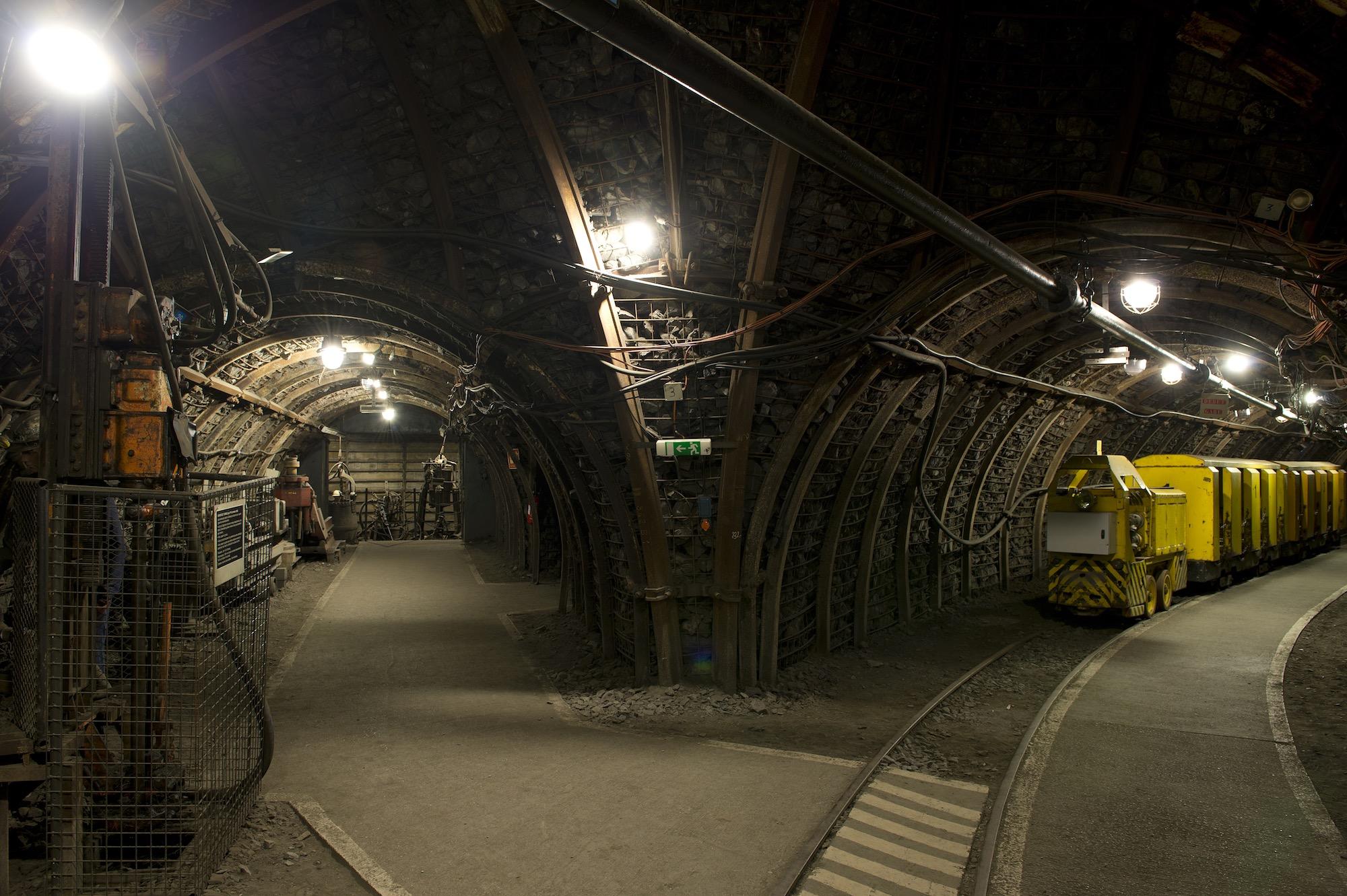
In 1990, at the 9/9b pit at Oignies, mining stopped in the region. The pit is exceptional because of the conservation of its machines and the way it combines heritage with repurposing based on music—an important aspect of mining culture. Climb to the top of the spoil heap for a 360° panoramic view of the area. After, stay for a concert at the Métaphone® Concert Hall, which was repurposed by Heraut Arnod Architects.
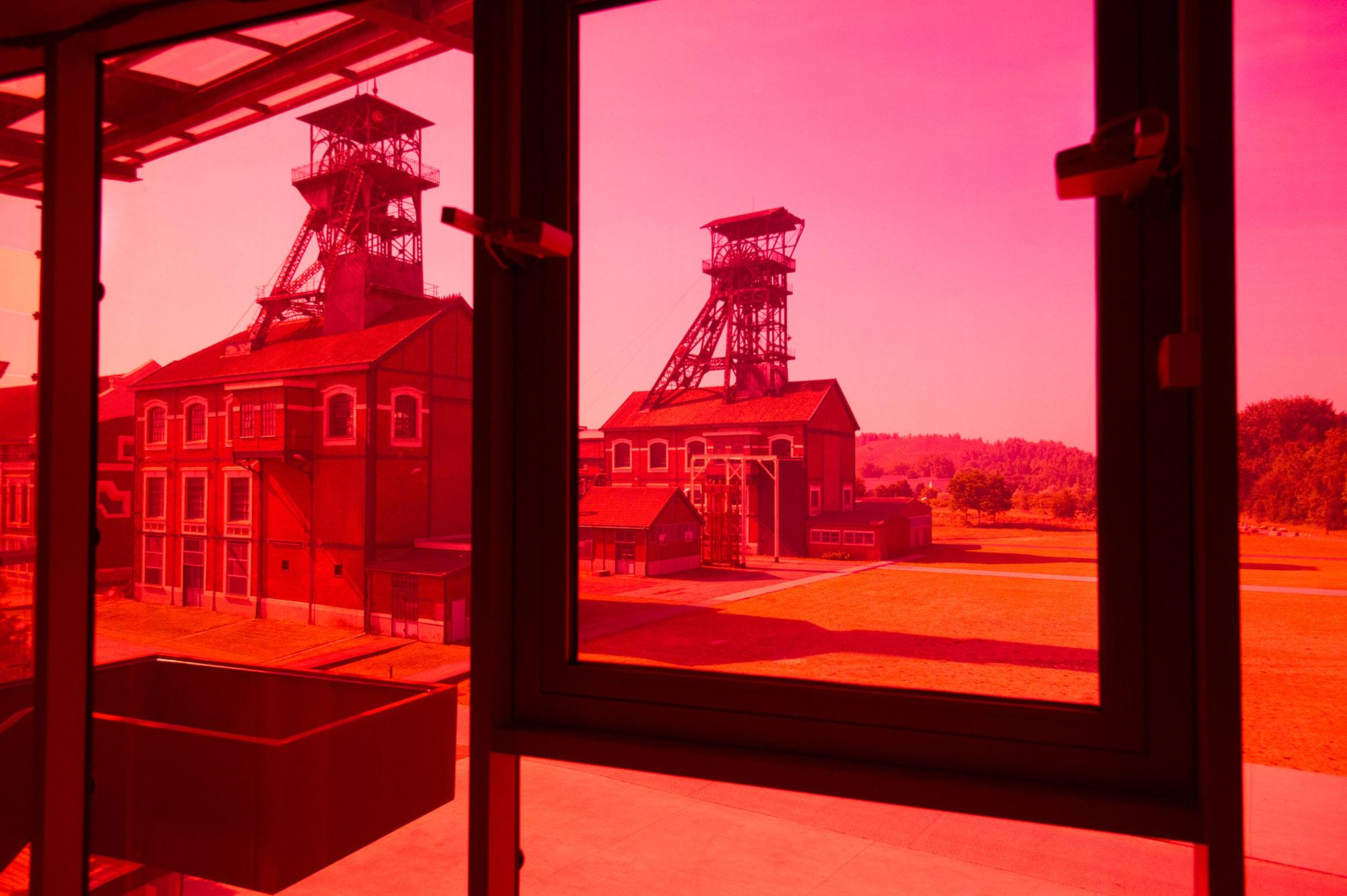
With its imposing concentration tower, the architecture of the 11/19 pit at Loos-en-Gohelle will astound you. Today it is dedicated to sustainable development, which also tells the story of the Mining Basin’s reconversion. Nearby, you can stroll through a remarkable mining village and discover its exceptional facilities. The highlight of your visit will be to climb up the “Pyramids of the North”, two of Europe’s largest spoil heaps. When you reach the summit, you will be rewarded a hundredfold!
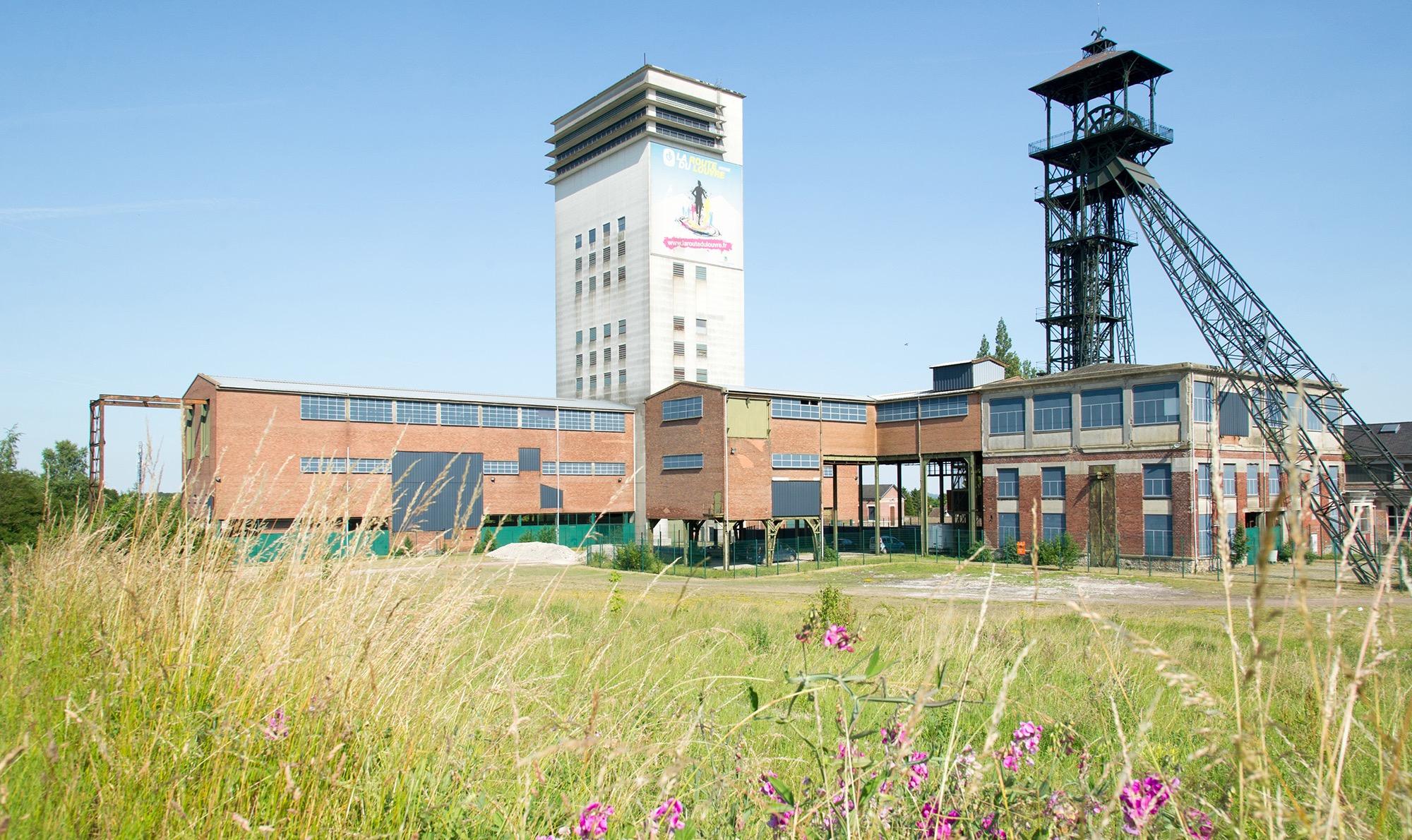
Moving forward, you'll see similar conversion and repurposing at the Electricians’ village at Bruay-La-Buissière, which has opened in the spring of 2018. A jewel of a mining village, it is evolving into a cultural hub with tourist accommodations, artist residences, and an interpretation centre dedicated to the mining landscape and culture.
How to Get there
Located between London, Paris, and Brussels, the Mining Basin is easily accessible. If arriving by plane, please visit the Lille Airport site.
The different sites also are accessible by car from the various railway stations in the Mining Basin. For further information about train travel please visit this site. The main regional railway stations are in Lille Flandres and Lille Lesquin. The railway stations in Lens, Béthune, Valenciennes, and Douai are also convenient for many.
When to Visit
The Mining Basin is a year-round destination. To enjoy the anniversary celebrations of the Mining Basin’s World Heritage List inscription, plan your visit for the end of June to the beginning of July. During this period each year, the agenda is packed with original activities. For more information, please visit this site.
How to Visit
Because the Mining Basin extends 120 kilometres to the Belgian border, there is no set itinerary to discover the wealth of its landscapes. Please wear comfortable shoes for walking when visiting the sites, particularly the spoil heaps. It is best to drive from one site to the next in order to make the most of the Mining Basin. If you have several days and you prefer a “softer” mode of transport, there is a wonderful system of cycling trails to follow.
Sights and Attractions recommended by the locals
Nord-Pas de Calais Mining Basin, France
The Arenberg Pit at Wallers:
Opening hours: Visits by appointment only through the Porte du Hainaut Tourist Information Office.
-
The Delloye Pit, Mining History Centre at Lewarde:
Opening hours:
From 1 March to 14 November: Monday to Sunday from 9:00 to 17:30.
From 15 November to 28 February: Monday to Saturday from 13:00 to 17:00. Sunday and public holidays: 10:00 to 17:00.
Pre-booked group visits from 8:00.
-
The 9/9b Pit at Oignies:
Opening hours: Visits by appointment only through the 9/9b Heritage Department.
-
The 11/19 Pit at Loos-en-Gohell:
Opening hours: Visits by appointment only through the Lens-Liévin Tourist Information Office.
